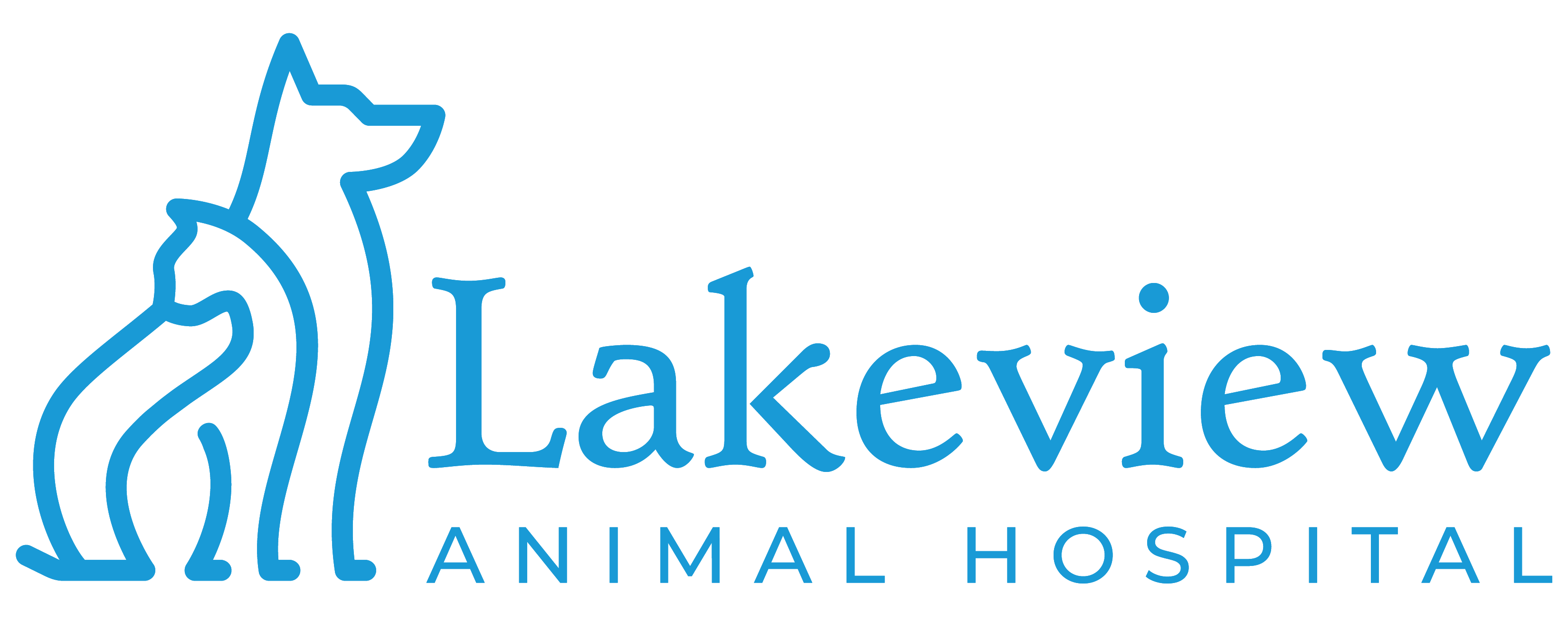Educational Articles
-
The iliopsoas is an important core muscle. Injury can occur due to trauma, but it is usually caused by chronic stress. Signs that your dog has a painful iliopsoas can include reduced performance (if a sporting dog), very subtle weight-shifting away from the affected side when standing, or an obvious limp. The initial treatment for acute iliopsoas injuries is activity restriction and pain control for 10-14 days. Rehabilitation therapy can also help.
-
Imidocarb dipropionate is an injectable medication that is administered by a veterinarian to treat babesiosis in dogs. It is also used off-label to treat other protozoal infections in dogs, cats, and horses. Most common side effects include mild drooling, tearing, vomiting, or nasal drip. Do not use in pets with exposure to cholinesterase-inhibiting drugs, pesticides, or chemicals. If a negative reaction occurs, please call your veterinary office.
-
Infertility in a queen (an intact female cat) is defined as the inability to give birth to live kittens, despite appropriate breeding with a fertile male. This handout provides an outline of common causes of infertility along with how they are diagnosed and, when possible, treated.
-
Infertility in a female dog is defined as the inability to conceive and deliver viable puppies, even when mated multiple times with a known fertile male surrounding the time of ovulation. This handout outlines the varying causes of infertility in female dogs and how they may be diagnosed and treated.
-
Infertility in a male dog is defined as the inability to produce a successful pregnancy in a fertile female, even with multiple breedings near the time of ovulation. The causes of infertility fall under three broad categories: failure to copulate or ejaculate, poor semen quality, and prostatic disease. This handout explains the possible causes in detail, as well as methods to diagnose and treat them.
-
This handout discusses the anatomy of the dog’s ear canal, how to safely clean your dog’s ears to prevent ear infections, and how to apply topical ear medications if needed.
-
This handout outlines the use of disease-modifying osteoarthritis drugs (DMOADs) in cats, specifically the use of polysulfated glycosaminoglycans (PSGAGs). The rationale for their use, potential side effects, and treatment expectations are explained.
-
The lacrimal duct is part of the nasolacrimal system, a series of narrow tubes that allow tears to drain from the eye into the nose and mouth. This duct can sometimes become blocked or fail to develop properly, resulting in tears overflowing and potentially staining the face below the eye. The clinical signs, diagnosis, and treatment options for the condition are explained in this handout.
-
Lymphoma is a cancer of the lymph nodes and lymphatic system. This cancer may be localized to one particular region, or may spread throughout the entire body. Lymphoma is a relatively common cancer, accounting for 15-20% of new cancer diagnoses in dogs. The prognosis for lymphoma varies, depending on various characteristics that can only be determined by specialized testing.
-
Mastitis is a term used to describe inflammation of a mammary gland. In most cases, mastitis is caused by a bacterial infection. Trauma to the mammary gland, or prolonged periods of milk accumulation without milk removal, can lead to inflammation within the mammary gland. Most dogs with mastitis can be treated on an outpatient basis with oral antibiotics and pain medications, though severe cases may require hospitalization or surgery.

